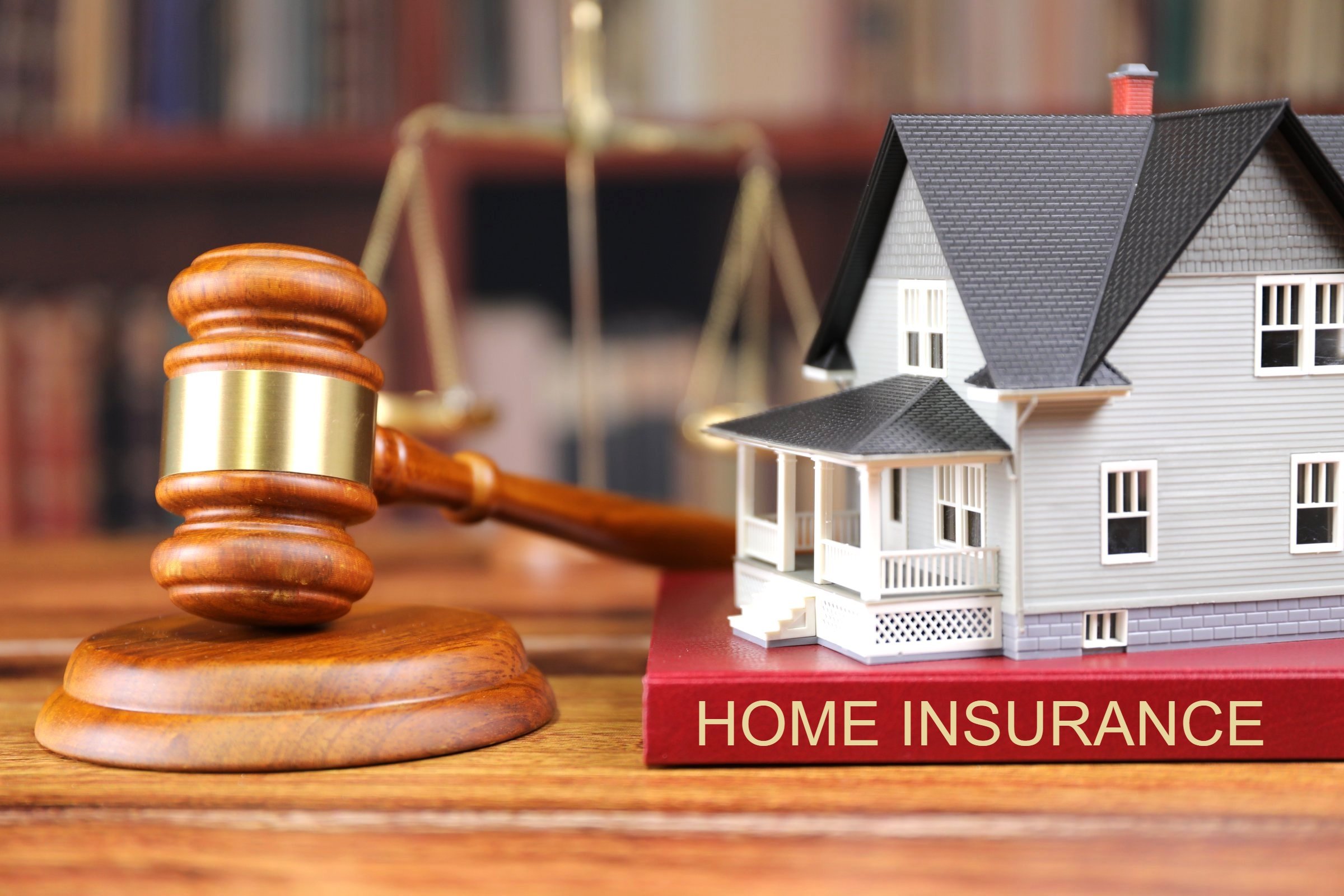Homeowners Insurance Coverage – Home insurance is a crucial aspect of homeownership that often gets overlooked until it’s too late. Understanding the ins and outs of home insurance can be confusing, but it’s essential for protecting your most significant investment. In this article, we will break down the complexities of home insurance and explain it in simple terms, so you can make informed decisions about protecting your home and belongings.
Homeowners Insurance Coverage / Homeowners Insurance Coverage
What Is Home Insurance?
Home insurance, also known as homeowners insurance, is a type of insurance policy that provides financial protection in case of damage to your home and its contents. It serves as a safety net, helping you recover from unexpected events such as natural disasters, theft, or accidents.
Key Components of Home Insurance
- Dwelling Coverage: This covers the physical structure of your home, including walls, roof, and foundation. It’s essential to have enough dwelling coverage to rebuild your home in case of a total loss.
- Personal Property Coverage: This protects your belongings inside your home, such as furniture, electronics, and clothing. It’s crucial to create an inventory of your possessions to determine the appropriate coverage amount.
- Liability Coverage: Liability coverage helps you if someone is injured on your property or if you accidentally cause damage to someone else’s property. It covers legal fees and medical expenses.
- Additional Living Expenses (ALE) Coverage: ALE covers the cost of temporary housing and living expenses if your home becomes uninhabitable due to covered damage.
Types of Home Insurance Policies
There are several types of home insurance policies to choose from, depending on your needs and budget:
1. HO-1: Basic Form Policy
- Provides coverage for specific named perils.
- Minimal protection, suitable for older homes with lower values.
2. HO-2: Broad Form Policy
- Covers more perils than HO-1.
- Offers better protection for a wider range of risks.
3. HO-3: Special Form Policy
- The most common and comprehensive type.
- Covers the dwelling and personal property for all perils except those explicitly excluded in the policy.
4. HO-4: Renters Insurance
- Designed for tenants renting a property.
- Covers personal property and liability but not the structure itself.
5. HO-5: Comprehensive Form Policy
- Provides extensive coverage for both the dwelling and personal property.
- Fewer exclusions and more protection.
How Home Insurance Works
Home insurance operates on a simple principle: you pay regular premiums, and in return, the insurance company provides coverage for specified risks. When an insured event occurs, you file a claim, and the insurer assesses the damage and provides compensation accordingly.
Factors That Affect Home Insurance Rates
Several factors influence the cost of your home insurance premiums:
- Location: Proximity to fire stations, crime rates, and the risk of natural disasters can affect your rates.
- Dwelling Value: The cost to rebuild your home impacts your premium.
- Home Age and Condition: Older homes or homes in disrepair may have higher rates.
- Security Measures: Installing security systems can lead to discounts on your premium.
- Claims History: A history of frequent claims may result in higher premiums.
Tips for Finding the Right Home Insurance
- Shop Around: Get quotes from multiple insurers to compare coverage and prices.
- Review Coverage Limits: Ensure you have adequate coverage for your home and possessions.
- Bundle Policies: Consider bundling your home and auto insurance for potential discounts.
- Increase Deductibles: Raising your deductible can lower your premiums, but be prepared to pay more out of pocket in case of a claim.
- Regularly Review Your Policy: Update your policy as your needs change, such as after renovations or acquiring valuable items.
Conclusion
Home insurance is an essential part of responsible homeownership. By understanding its key components, types, and how it works, you can make informed decisions to protect your home and assets. Remember to review your policy regularly and make necessary adjustments to ensure you have the coverage you need.
Frequently Asked Questions (FAQs)
- Is home insurance required by law?
- Home insurance is not required by law, but it is often a requirement from mortgage lenders to protect their investment.
- Can I change my home insurance policy mid-term?
- Yes, you can make changes to your policy mid-term, such as adjusting coverage limits or adding endorsements.
- What is an insurance deductible?
- An insurance deductible is the amount you must pay out of pocket before your insurance coverage kicks in.
- Are home office expenses covered by home insurance?
- Home insurance typically does not cover home office equipment or liabilities. You may need a separate policy for that.
- What should I do if I have a home insurance claim?
- In case of a claim, contact your insurance company immediately, document the damage, and follow their instructions for filing a claim.




